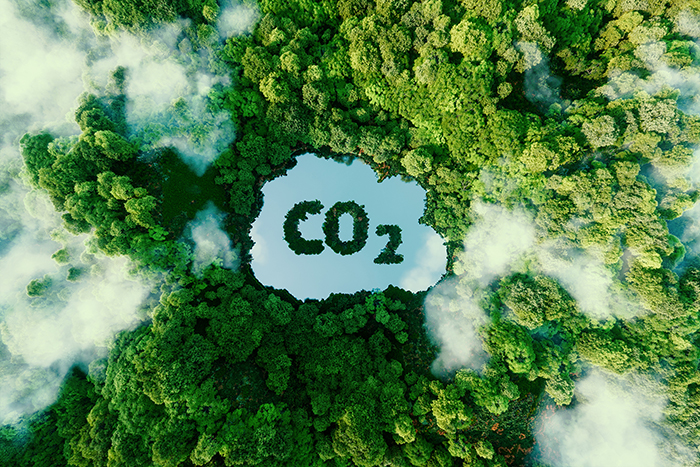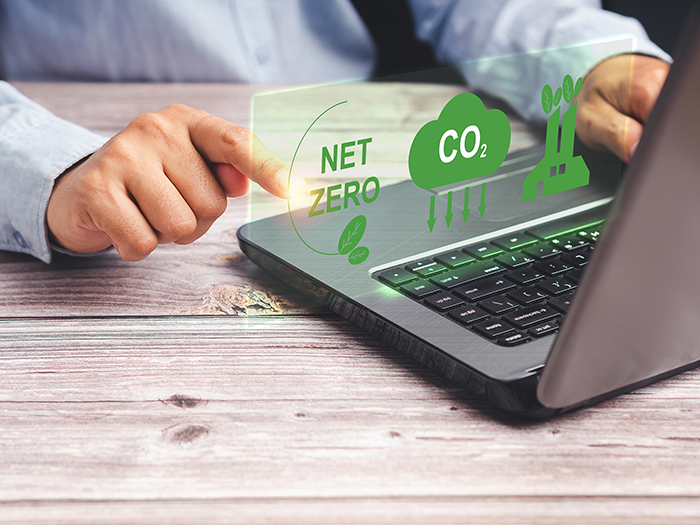
We live in a world fraught with challenges. Rampaging inflation, long supply chains, and on top of that, the growing cost of energy resources. All of these are concerns we face as individuals, as a society, and as a business in the broader sense. Technology solutions such as IPOE are instrumental in tackling them
The World Bank forecasts that prices for all natural resources will remain at their current elevated levels in the years ahead. Between 2022 and 2024, their value is expected to exceed by far the average that prevailed in the decade before the COVID-19 pandemic.
However, it is noteworthy that the prices of energy carriers are determined based on stock market quotations, tax and environmental charges. An electricity bill is made up of many elements, and reducing even one of them results in substantial savings in the long run.

An electricity bill is a document that contains many significant items and figures. You will notice such sections as:
1. Active energy charges (consumed electricity), which are received by the electricity seller. They include the rate for each kWh of electricity consumed and drawn from the grid during the billing period.
2. Fixed commercial fee (resulting from the contract).
3. Distribution fee, payable to the local Distribution System Operator, i.e. the owner of the power infrastructure in a given location.
It consists of, among other things:
So, as you can see, in addition to fixed costs that are beyond your control, there are many charges dependent on your current energy consumption, including: the active energy charge, the variable network fee, and the RES fee.
By keeping power consumption and use to a minimum, monthly bills are automatically reduced. It’s a simple estimate.
Electricity bills can be lower, as long as you ensure proper optimization and, for example, the use of cheaper tariffs, cutting out unnecessary consumption where it is not needed, reactive power compensation, etc. All this (and more) can be obtained with the IPOE Smart Energy Optimization Platform, an electricity monitoring tool from APA.

The CO2 emissions into the atmosphere affect the increase in global temperature, and thus lead to a catastrophe that could result in the death of millions of people and the severe devastation of the planet.
Disappointingly, most of the energy we use comes from fossil fuels. “Green” sources are, of course, still being developed, and these are not yet dominant in the energy sector. Therefore, besides having to invest in new ways of energy generation, at the same time we need to focus on reducing the consumption of these high-emissions sources.
The obvious conclusion is that increasing energy efficiency and reducing CO2 is not just a sign of concern for the planet, but for humanity as a whole.
The answer to these new needs may be IPOE from APA. By installing this software, the customer is provided with reliable data on the amount of electricity consumed in all areas. It is possible to optimize consumption and identify areas requiring attention. This, beyond the measurable financial effect, translates indirectly into the protection of the planet.

We must be mindful that legislative provisions also oblige us to manage resources more sensibly.
One instance is the new excise records law. Starting January 1, 2023, businesses with electricity excise tax status will be required to keep electronic records. The new regulations are applicable to selected companies that produce energy, sell it and purchase it from the power grid.
Electronic excise records must be maintained in such a way that they will:
The determinants are many, as it can be seen. That is why a simple Excel sheet will not be sufficient. By “electronic record-keeping” we should understand a high-level system of data collection and processing, which facilitates comprehensive operation. Transparency and intuitiveness are also essential for the user.
Specialized systems and tools, such as the already-mentioned Intelligent Energy Optimization Platform, help comply with the law by:

IPOE, or Intelligent Platform for Energy Optimization, allows for automated, real-time and trusted monitoring of energy demand.
The platform visualizes system components, to include:
IPOE is thoroughly in line with the innovative solutions of intelligent automation and robotization of business processes. Not only does it contribute to the development of a given company, but also to the reduction of its carbon footprint. This last asset, in this day and age, cannot be undervalued.
Are you eager to learn more about electricity monitoring? Download the full whitepaper we have prepared.